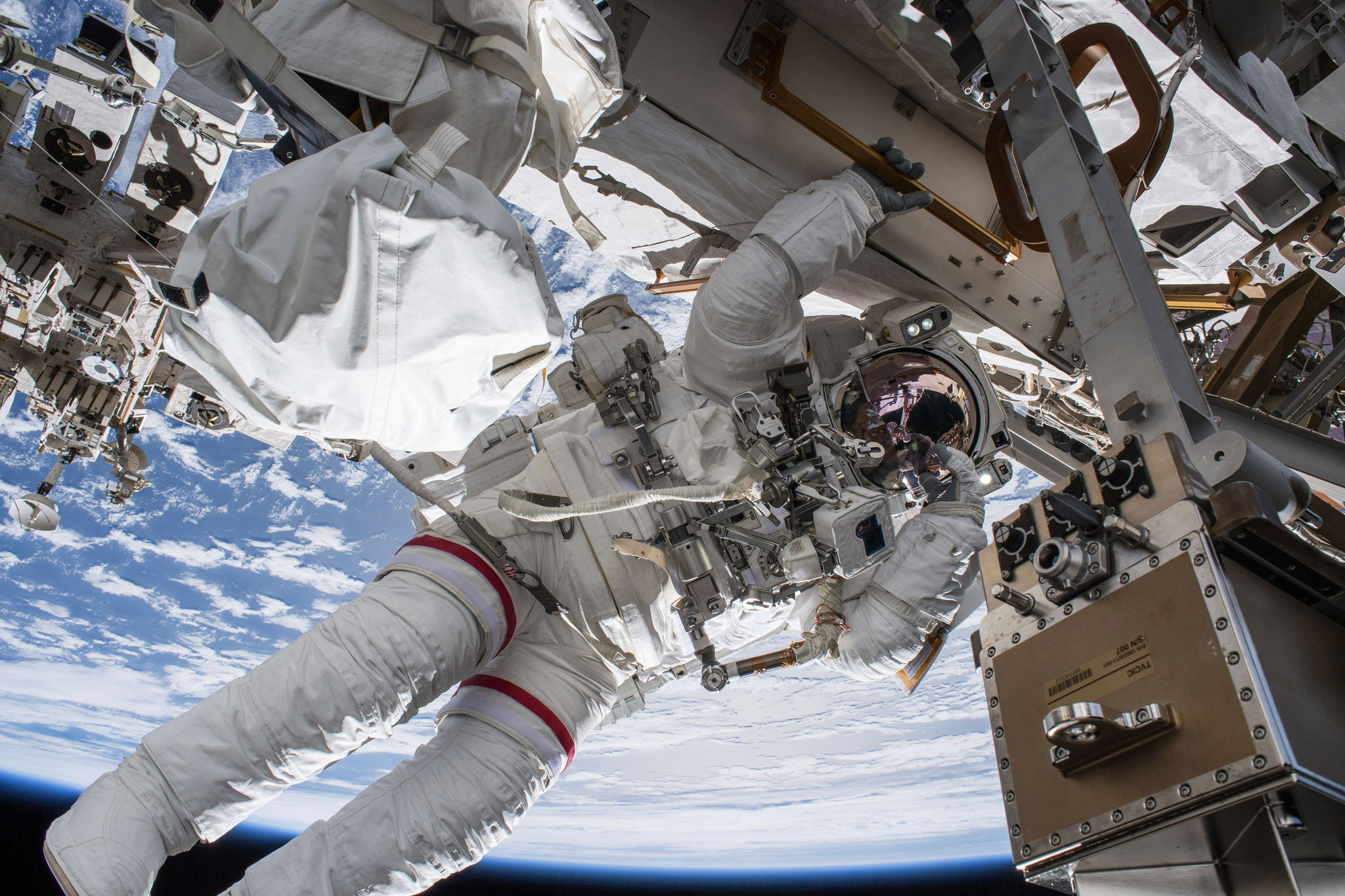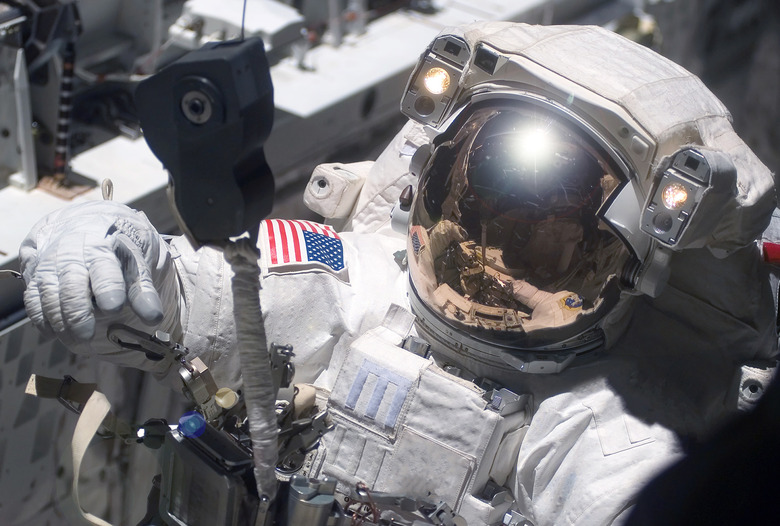ISS Spacewalks Resume After NASA Investigation Into Aging Spacesuits
Earlier this year, NASA halted all spacewalks aboard the ISS. The reason for the halt was due to an incident where water condensation was found gathering within astronaut Matthias Maurer's helmet during a spacewalk. Now, after a seven-month hiatus, NASA has greenlit the return of ISS spacewalks once again.
Spacewalks are terrifying on their own accord without the added terror of malfunctioning hardware. This was exactly the concern when European Space Agency astronaut Matthias Maurer noticed a higher-than-normal buildup of water inside his helmet. Now, NASA has said the buildup wasn't due to malfunctioning hardware, which means that spacewalks can return to the ISS after a seven-month ban.
The return of spacewalks on the ISS isn't a small deal, either. Spacewalks are crucial to keeping the station up and running in optimal conditions. And, since NASA doesn't plan to decommission the ISS until 2030, keeping things running smoothly is a priority for the astronauts that call the ISS home. We hope they continue to provide us dazzling photos above Earth from the ISS.

Instead of being a hardware issue like some NASA officials originally believed, the problem with Maurer's helmet was chalked up to high levels of astronaut exertion and the cooling setting on his suit, NASA explained after a thorough inquiry and review of the incident. Because the aging spacesuits don't appear to be giving out just yet, NASA has allowed for spacewalks to return to the ISS.
Whether this means we'll see any new untethered spacewalks in the coming months, or just the return of ISS spacewalk coverage on NASA TV is unclear. But, it does bode well for the astronauts that call the station home right now, as they can finally return to one of the most terrifying, but probably also one of the most exciting parts of getting to go into space – actually walking around in it.
Looking for more space news? Skywatchers can peer into the sky later this month to view the annual Orionid meteor shower. Plus, scientists now say that climate change on Mars could have been caused by ancient microbes now burrowed deep below the surface.
